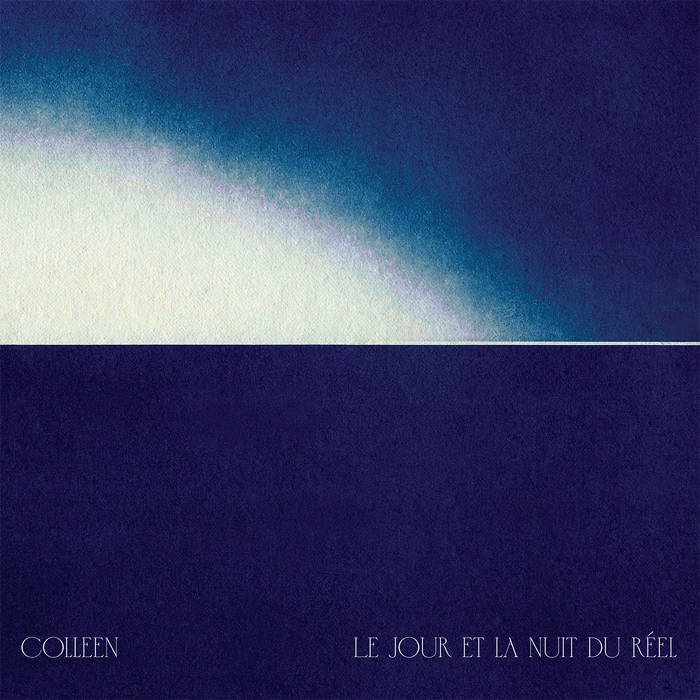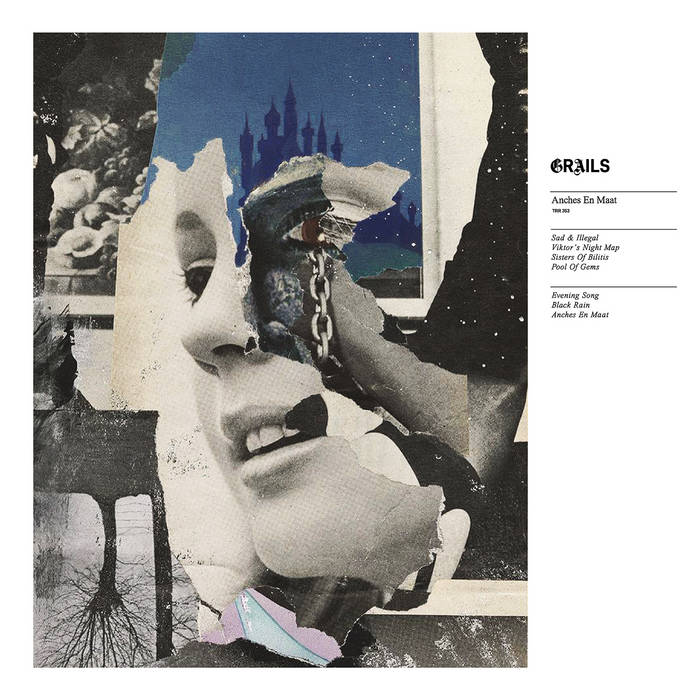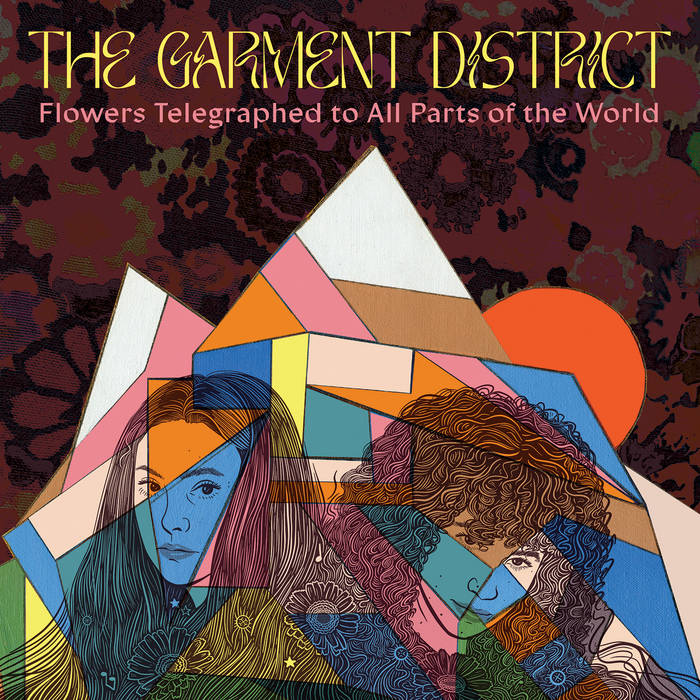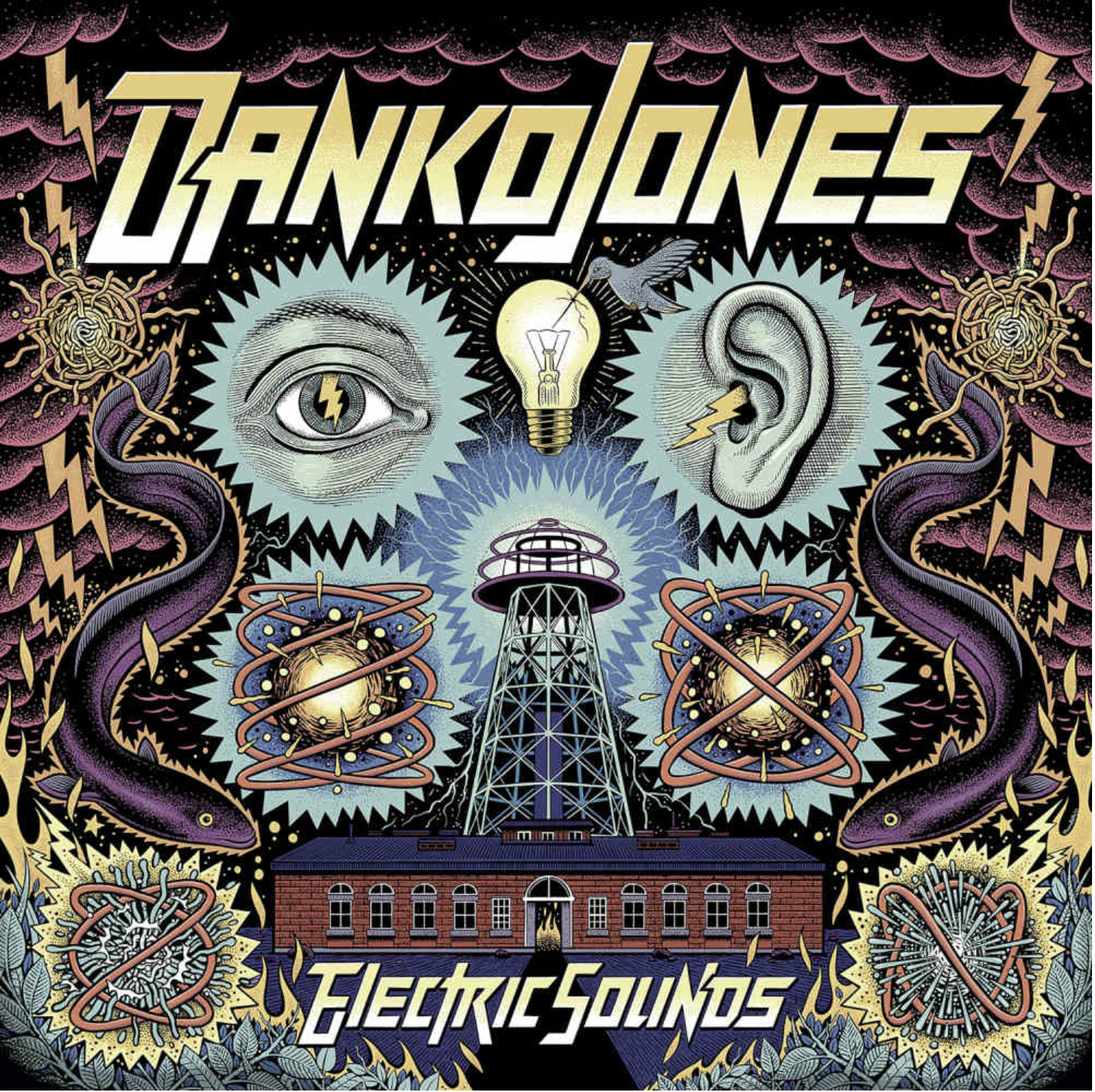
Colleen "Le Jour Et La Nuit Du Rèel"
Le jour et la nuit du réel (“The day and the night of reality” in French) is an album of parallels and contrasts. Schott’s first purely instrumental work since 2007’s Les ondes silencieuses, and her first double album, Le jour et la nuit du réel started as an album of songs with lyrics in the style of her previous album The Tunnel and the Clearing before gradually morphing into wordless suites of compositions divided into movements. Schott realized that synthesis was the best expressive tool at her disposal to grapple with a theme that seemed to be constantly on her mind: the impossibility of truly grasping all facets of reality, especially one’s own emotional reality and that of others. Each movement within a suite employs different synthesis settings, but with distinctive chords and motifs that provide a throughline, guiding the listener through shifting sonic landscapes. Schott elaborates: “To me, the capacity of synthesis to alter – subtly or radically – the physical embodiment in sound of the same series of notes is akin to how, when given new information about a person or a situation, we can reevaluate our initial perception of what we thought was the “reality” of that person or situation, sometimes drastically so.”
The album’s construct falls into two larger sections, day and night. A kaleidoscopic range of sounds speckle the album’s seven suites, aiming to translate the range and nuance of emotions, both deeply personal and communal, and the complexity of identity, as we shift from day to night. Daytime opens with more friction, tension, and abrasive timbres emulating the invigoration of daylight with “Subterranean” and “The long wait”, before softening into the warm luminance of “To hold and to be held” and “Mon coeur”. “Be without being seen” functions as a twilight transition zone, first melancholy, then threatening, mimicking the fact that nighttime tends to warp our sense of reality, often making it more intense. “Les parenthèses enchantées,” named for a French idiom that, roughly interpreted, means “a beautiful moment destined to end soon”, plunges the listener into the second half, night. The descent into slower, more melancholy textures and longer trails of delay slips into the pulsating, bottomless recesses of “Night looping”, a direct reference to Schott’s own recurrent insomnia.

Grails "Anches En Maat"

The Garment District "Flowers Telegraphed to All Parts of the World"
On their second full-length LP, The Garment District delivers a Kunstkabinett of sound reminiscent of the Manhattan neighborhood (and others around the globe, both existing and shuttered) with which they share a name. Just as one might wander through a Garment District shop entranced by a staggering display of fabric from seemingly every era and locale, surrounded by rows of buttons, threads and trimmings, listeners will be equally entranced by the hypnotic array of textured sounds on Flowers Telegraphed to All Parts of the World.
The album was recorded in a friend’s home studio nestled in the labyrinthian hills of Western Pennsylvania during the time warp surrounding the pandemic. For composer and arranger Jennifer Baron (who plays numerous instruments on the album), settling in at David Klug’s studio atop Pittsburgh’s Mount Washington allowed her to stretch and challenge herself, creating expansive arrangements. In another lifetime, just miles away within nearby hills and hamlets, Jennifer’s great-grandfather arrived from Zagreb, forming a family band, a tamburitza orchestra featuring her grandfather, great-aunt and great-uncles, who performed in Monongahela Valley steel towns. Jennifer’s work with her first cousin Lucy Blehar, who supplies lead vocals, continues this family music-making heritage.
Along with guitar, bass and drums, listeners will encounter a full suite of strings, horns, a variety of percussion, and finely woven keyboards and vocals. Some parts were improvised on-site, while others evolved at home, highlighting Jennifer’s collection of analog keyboards before being translated into final recordings. Having the opportunity to experiment with equipment borrowed from friends, like a rare 1970s Roland Paraphonic 505 and a 1960s UMI Buzz Tone Volume Expander, shaped the exploratory process of crafting dimensional melodies and instrumentation. The result is a gilded tapestry of pop music history that is both panoramic and idiosyncratic.

Danko Jones "Electric Sounds"
From Napalm Records:
In the last ten years, DANKO JONES have visibly shifted up a few gears. Since frontman Danko and bassist JC joined forces with drummer Rich Knox, the band’s creative fire has blazed brighter than ever. A string of albums has led to even more intense touring and tireless dedication to the cause of rock. “Electric Sounds” is the best proof that even a global pandemic couldn’t stop DANKO JONES.